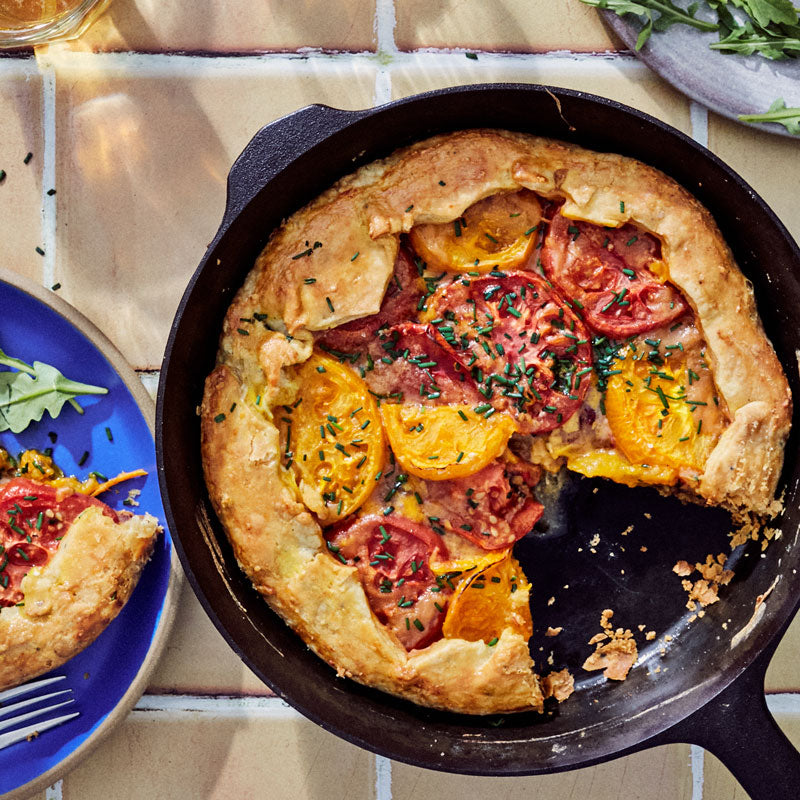One of the more common misconceptions about cast iron cookware is that you shouldn’t cook any acidic foods in your pans. While it’s true that simmering acidic ingredients in cast iron for longer periods of time can impart a metallic taste and/or remove some of your pan’s seasoning, you can safely cook lots of things without having to worry about off flavors or damaged pans.
Here's how to do it:





